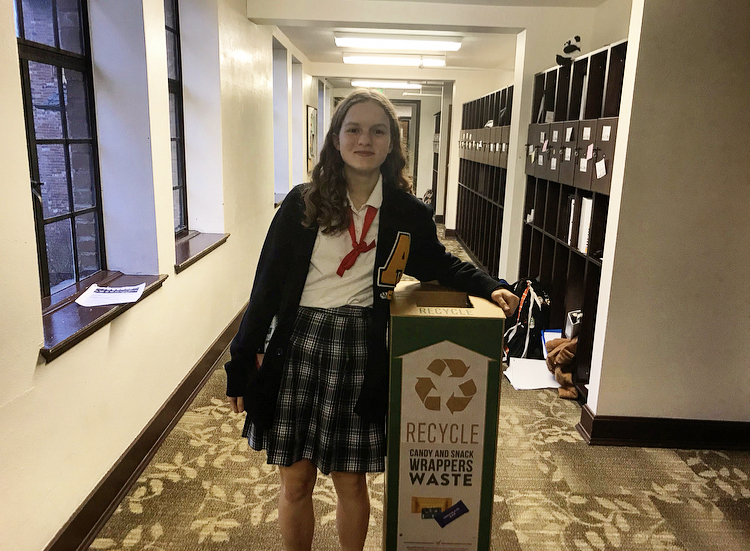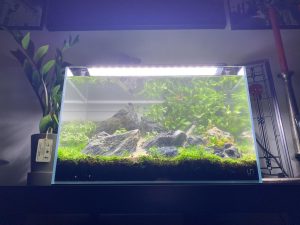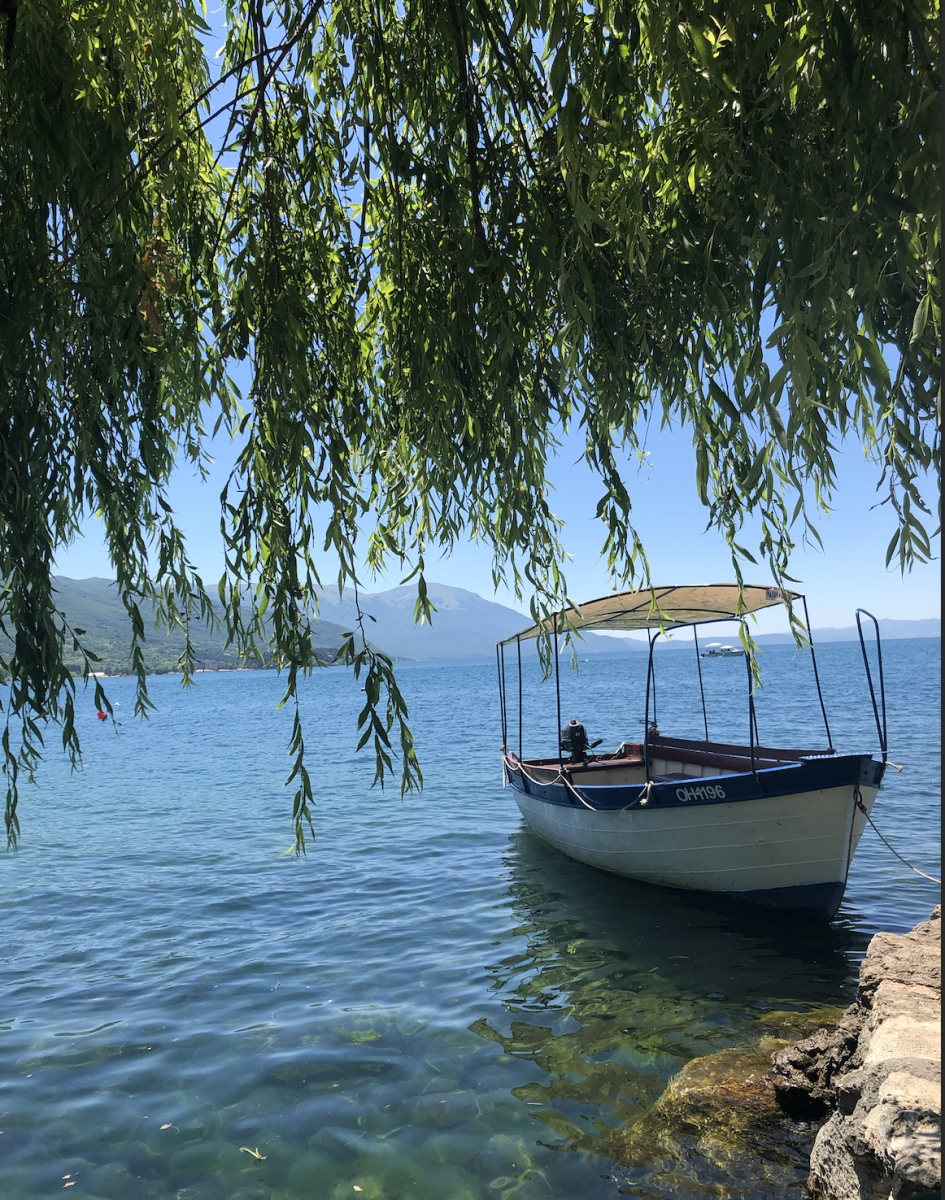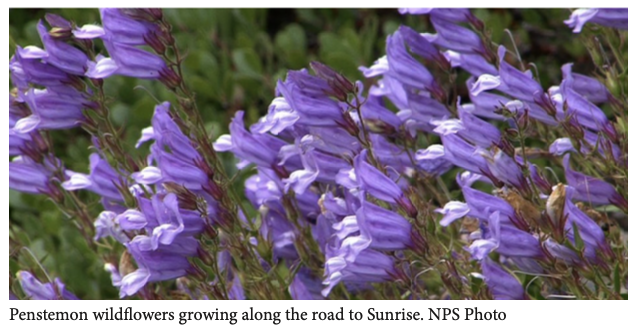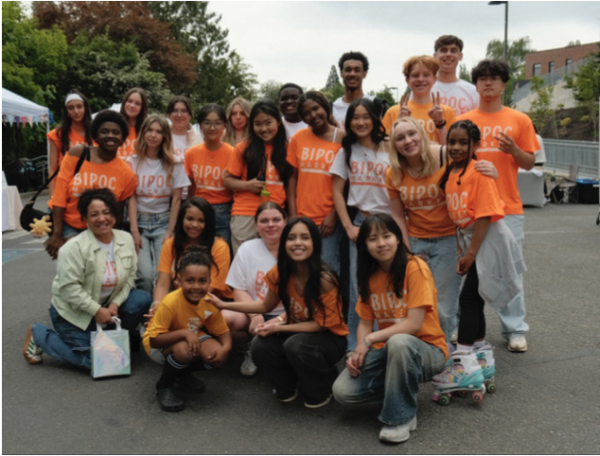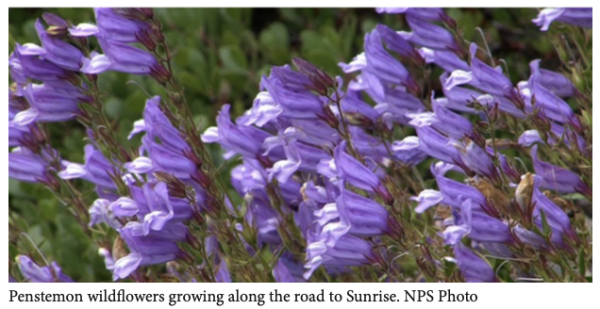Reducing waste one chip wrapper at a time
December 10, 2019
Last year, I started to think about waste. Stressed about current environmental issues and what they might mean for my future and for the planet, I began contemplating all of the ways that my lifestyle was negatively impacting the earth, and how it had been since I was born 15 years ago. Item by item, I picked apart my footprint: the fast-fashion t-shirts, the water-consumptive steak, the plastic bubbles that my Squinkie toys used to come in as a kid.
Above all, what I noticed most was the waste. I thought about the hundreds of yogurt cups I gleefully consumed, the individually-wrapped halloween candy, and the plastic of Reese’s peanut butter cups I still find myself reaching for. The frightening part was that all of those things still exist somewhere, and will almost indefinitely. As I continued to think about this, I began wondering how anyone could allow a system so wasteful to keep existing as it is.
Every year, Tacoma sends 165,000 tons of goods to the landfill. Though many initiatives such as the city’s Sustainable Materials Management Plan exist to divert more waste from landfills to recycling and food waste centers, some things will inevitably end up in the trash. One such common item is chip wrappers.
With waste in mind, I turned to our school store, Gator Alley, with thoughts for improvement. I couldn’t try to ban the plastic-wrapped snacks; the student body would be furious. Through some research, however, I realized that I could divert the waste produced by them.
Working with Gator Alley manager Derek Zhao and Director of Finance and Operations Melanie Aamidor, I presented my plan for addressing this issue: TerraCycle. TerraCycle is a company whose goal is to “eliminate the idea of waste.” They offer zero-waste boxes for purchase that can be filled and returned to them, where the goods will be responsibly recycled. Though reducing the waste produced in the first place is the ideal solution, Terracycle will at least give a second life to these items, which may be melted down into products like watering cans or upcycled into pencil pouches and other items.
You may have noticed cardboard boxes around the school. The Upper School for Girls Student Leadership & Governance team has placed these boxes as collection centers to be compiled into the main recycling box, located in the Upper School for Girls student lounge. Depending on how long it takes to fill the box, the school will decide if this is a system that we should continue to pay for and support.
Recycling chip wrappers is great, but the best solution is reducing the demand for them. Community members can help reduce waste by buying snacks in bulk refilling sections, making their own, or eating fruit or other snacks that don’t come with waste. These small efforts do add up, and are important in chipping away at the great amount of trash we create every day.
Hopefully, this new system will make the student body more aware of our daily waste. Terracycle is a good first step, but there is still much more to be done. Every aspect of our lives has some environmental impact, and almost every impactful issue has some sustainable solution for it. This system, more than anything, will hopefully turn the focus of the school towards greener practices overall.


